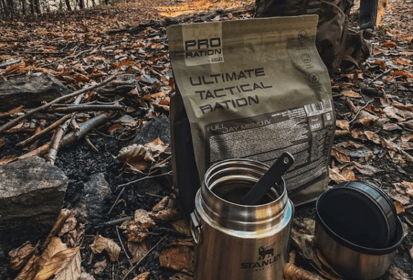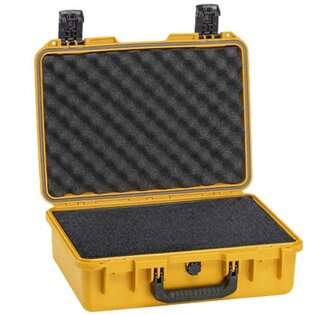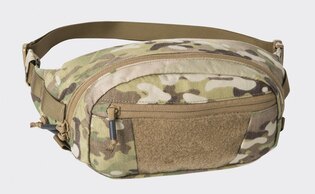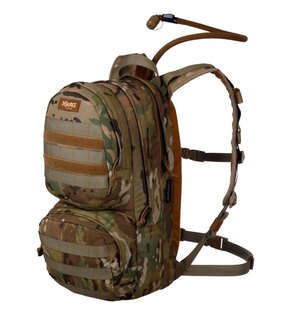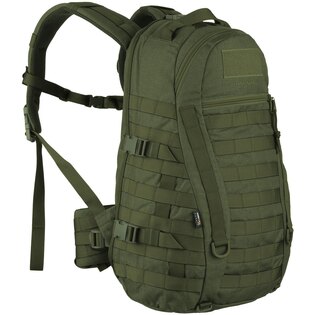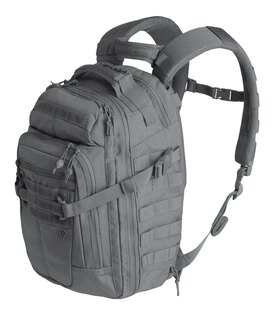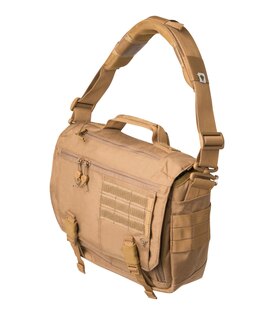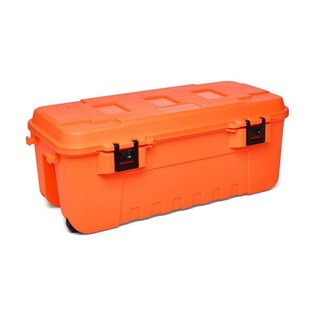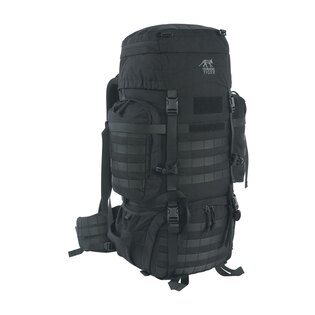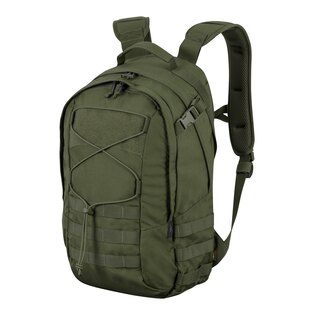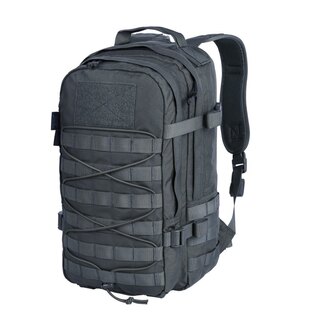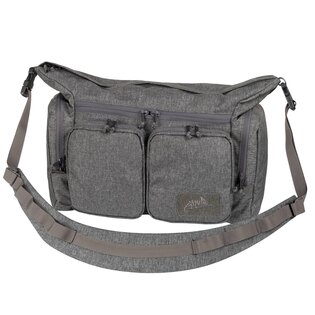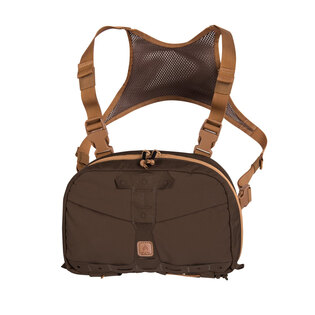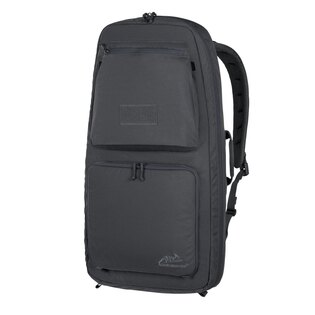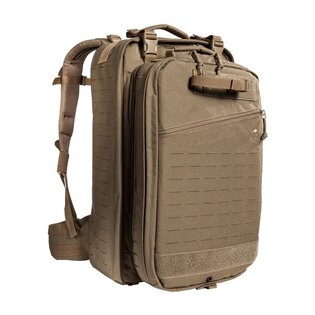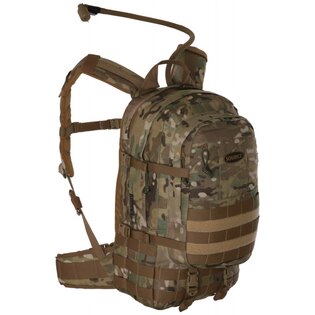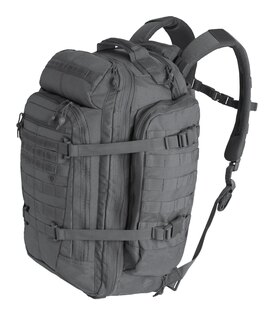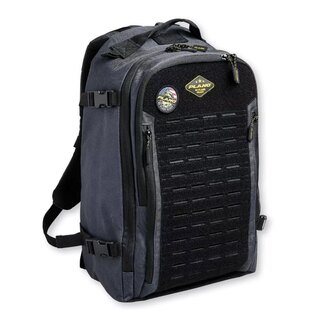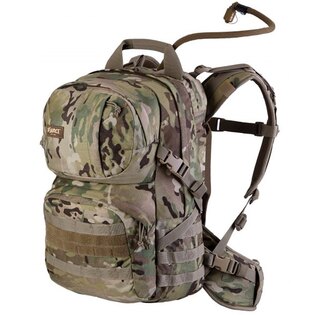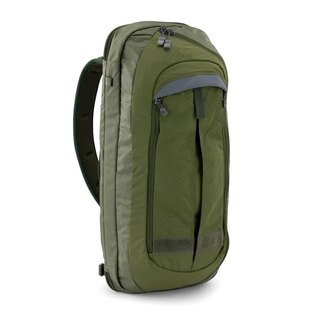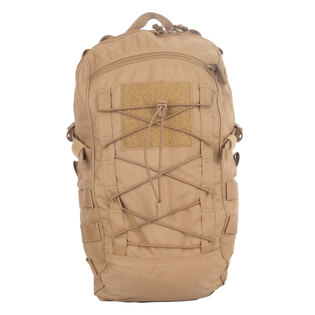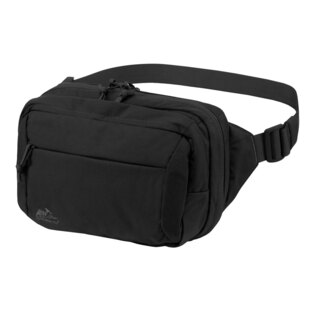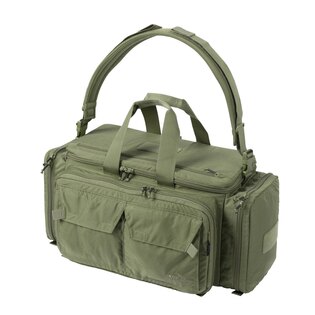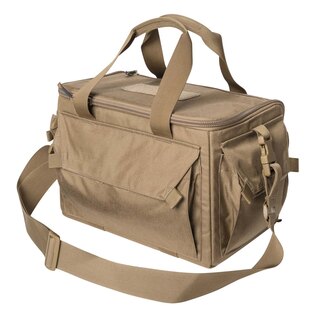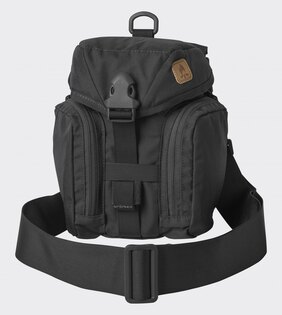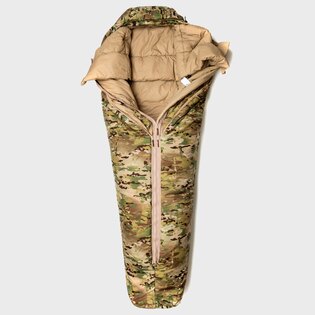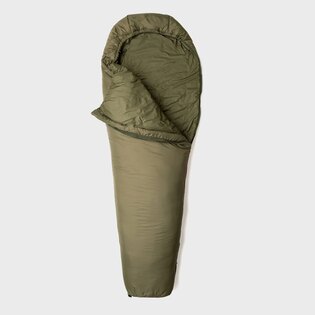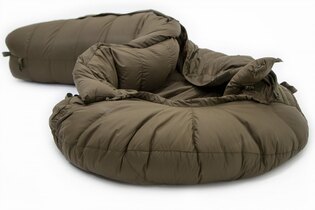From -5°C to -30°C: How to find the ideal sleeping bag for winter conditions?
Winter can be relentless – the right winter sleeping bag can decide whether you enjoy the cold or suffer through it. When choosing a sleeping bag, it’s not just about the lowest temperature limit, but also about the material, insulation properties and practical details that will affect your thermal comfort. How to recognize a sleeping bag that will keep you warm even in sub-zero temperatures? We have prepared a clear guide for you to help you choose the right sleeping bag for winter trips and demanding expeditions.
Choosing the right sleeping bag for use in the winter months can decide the success of the mission. Be sure to focus on the following factors – then you will be more confident that the sleeping bag you buy is exactly the one you need and that is (with exaggeration) “tailor-made” for you.
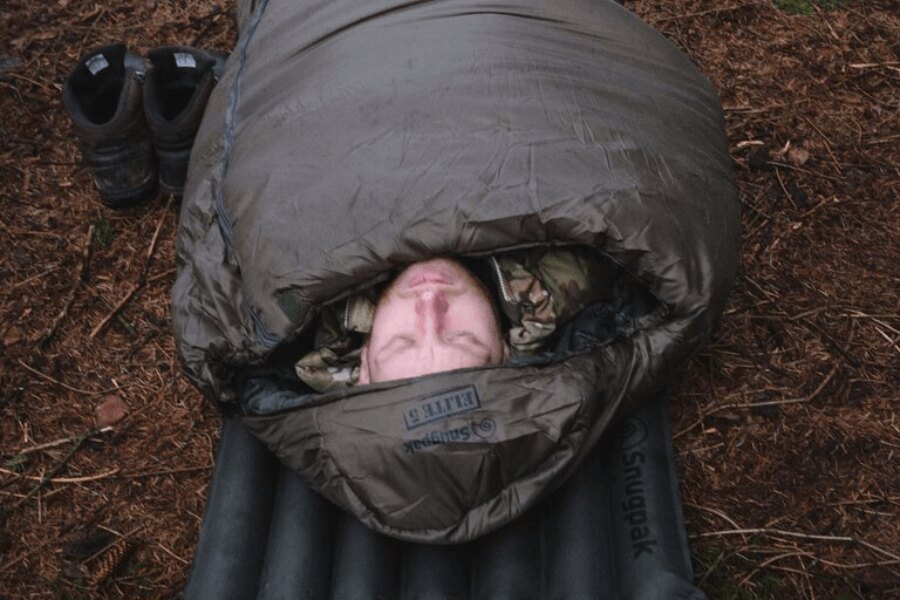
Zimní spací pytel Softie® Elite 5 Snugpak® má komfortní teplotu -15 °C a je plný praktických vychytávek, které vám zajistí tepelný komfort.
The Softie® Elite 5 Snugpak® winter sleeping bag has a comfortable temperature of -15 °C and is full of practical features that will ensure your thermal comfort.
1) Temperature ranges for comfortable and safe sleep
With sleeping bags, you need to monitor mainly the temperature data, i.e. the limits set by the manufacturer or standards. The most important standard in our latitudes is the European one with the designation EN ISO 13537, or rather its innovated version EN ISO 23537. The temperature limits are set in laboratory conditions and the criteria are quite strict, so with sleeping bags standardized in this way you will be sure of correct measurement.
Let's quickly take a look at the set limits, which, like other sleeping bags, also apply to winter ones.
- Maximum temperature (T-max) – defined as the “upper limit of the comfortable temperature range of a sleeping bag”. In other words, as soon as the ambient temperature exceeds the T-max value, you will start to feel hot, uncomfortable and sweaty in the sleeping bag.
- Comfort temperature (T-komf) – This number is essential for choosing a sleeping bag. This is the minimum temperature at which a person in a sleeping bag still feels comfortable and does not freeze. When choosing a winter sleeping bag, the comfort temperature should reach values approximately from -5 to -15°C, depending on the conditions you are going to, whether you are going to sleep in a hut, in a tent or bivouac under the open sky, etc.
- Limit temperature (T-lim) – this is also an important figure, which is defined by the standard as “the lower limit at which it is possible to sleep in a curled up position”. However, this temperature is already set for hardy people, others will probably be cold at it.
- Extreme temperature (T-ext) – This is the temperature at which there is a real risk of hypothermia, especially for more sensitive individuals. For most people, a sleeping bag at T-ext is rather unusable and this temperature is more of a guideline limit for very hardy people.
TIP: Check out our earlier article What do the temperature ratings on sleeping bags mean?, which explains the standards and temperature limits in a little more detail.
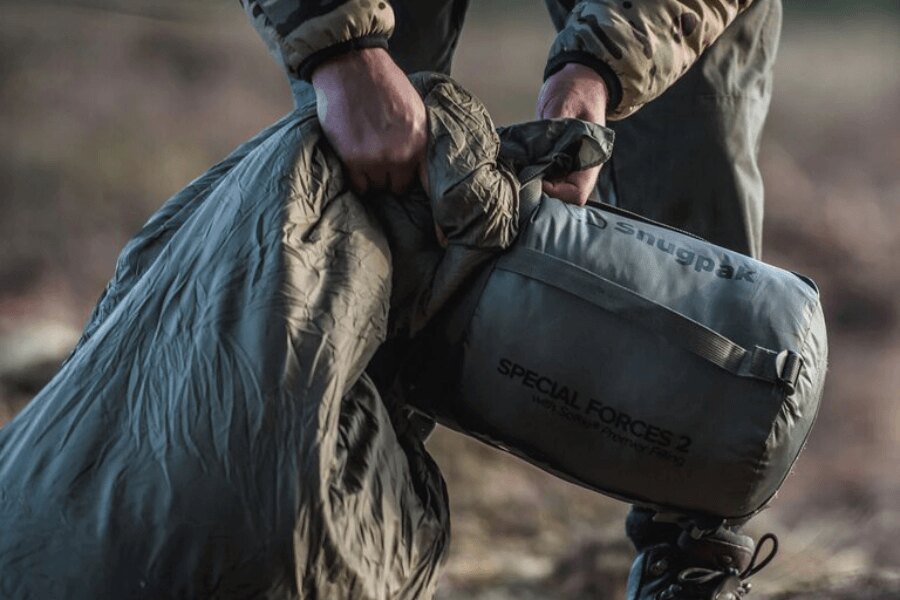
The Snugpak® Special Forces 2 winter sleeping bag – in addition to working flawlessly in winter, it has one trick in the form of a central zipper, which allows for quick unzipping and provides an advantage in unexpected (not only) tactical situations.
2) How to evaluate the quality of a down sleeping bag
Another important factor when choosing a winter sleeping bag is the material. Synthetic materials or feathers are most often used, and for down you can expect a higher price. However, the price tag is also influenced by other factors, which for down are again determined by normative testing in laboratory conditions.
The first important term is loft – it refers to the fluffiness of the down, which determines its insulating ability. In addition to sleeping bags, the term loft is also used for jackets. The unit of measurement for loft is the so-called fill power; according to the fill power value, you can quite safely determine the quality of thermal insulation of down products.
If we focus on specific numbers, then for winter sleeping bags we should choose a fill power with a value above about 700 in³/oz, if we are going to really demanding conditions. And then we have another factor, namely the feather ratio in the insulation, which is indicated by numbers such as 80/20 or 90/10. It indicates the ratio of down and non-down feathers. In general, the higher the ratio of down, the better the insulation filling.
3) Feather or synthetics?
And then there is the question of whether to go for feathers or synthetics. Each of these options naturally has its pros and cons. When it comes to feathers, they still have the best thermal insulation to weight ratio, despite the advanced development of artificial materials. Feathers can also be appreciated for their excellent packability and long lifespan.
However, what down sleeping bags (jackets, …) suffer from is their high susceptibility to moisture. Feathers are suitable for expeditions and multi-day hikes in the cold, but they are not at all suitable for sleeping outside when the temperatures are around zero. Slush or drizzle are the biggest enemies of down. For the same reason, down sleeping bags will also be harder to wash or dry. To maintain the loft, you need to take care of the down sleeping bag and shake it continuously while drying.
Synthetic materials, on the other hand, tend to be heavier and bulkier than feathers, but on the other hand, they dry much better. So if you are planning to spend the winter outdoors in the classic Central European conditions of recent years, we would lean more towards this direction. Humid conditions and shorter expeditions are exactly the environment in which you will use a synthetic sleeping bag.
TIP: Also read our other article about sleeping bags – How to sleep comfortably in a sleeping bag even in winter.
4) Shape, cut and size – essential factors for keeping warm
When it comes to shape, or rather cut, the best choice for winter sleeping bags is the mummy version. This includes a drawstring hood that prevents heat from escaping from the head area. Blanket sleeping bags are actually more suitable for the warmer months, when you can also use them as a picnic blanket.
While we don’t need to discuss the cut too much, size is something else. The sleeping bag must be the right size – too small restricts movement, too large worsens thermal insulation. If the sleeping bag is too small, it restricts movement and compresses the insulation filling. You should have a minimum layer between your body and the sleeping bag, which you heat with your own body heat. If the sleeping bag directly surrounds your body, this layer is missing and the thermal insulation properties of the sleeping bag are limited (as well as the real temperature limits).
In a large sleeping bag, the body has to heat more space, which reduces its insulation capabilities.
5) Weight and packability
There is no room for compromise when it comes to the size and weight of winter sleeping bags. For multi-day expeditions, it is naturally crucial that the sleeping bag is as light and compact as possible. But we really don't see this as a complete ultralight. You will have a certain advantage if you can get to your destination by car, where you can afford a heavier and more voluminous model.
Down is the best choice due to its excellent insulation, but it tends to be more expensive. A down model with a high fill power value and a down to non-down feather ratio of about 90/10 is a good choice. The sleeping bag's packaging should be compressible for the smallest possible volume when carrying, but be careful – do not leave the sleeping bag in the compression packaging for a long time, for example when storing it in a closet. This would gradually lose the loft and insulating ability of the sleeping bag.
6) Moisture resistance
Moisture is the factor that will bother you the most in winter. That's why you should pay attention not only to the insulation material, but also to the other materials used. Moisture does not only come from the outside, but also from the inside, from the sleeper's body. The inner material should be breathable to effectively wick moisture away from the body. The outer material should also be breathable so that the transferred moisture does not condense in the insulation area.
The outer material should have a DWR treatment that repels water and protects against snow and condensation. The sleeping bag cover should also be protected against water – you will appreciate this especially during transport. When sleeping in the open, a sleeping bag cover will also come in handy. It will not only improve your thermal comfort a little, but also protect the sleeping bag from getting dirty and therefore from frequent washing.
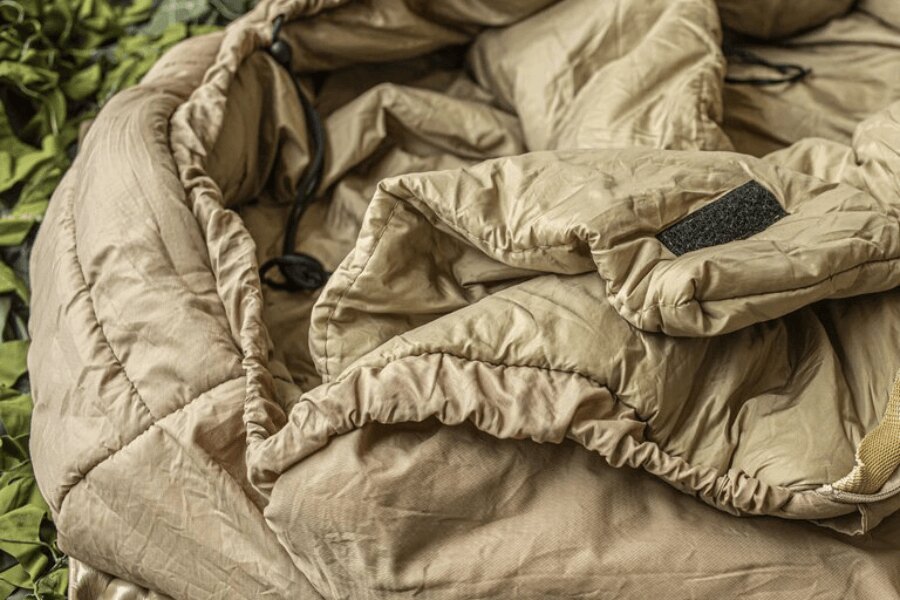
When choosing a sleeping bag, focus on functional details that help minimize heat loss.
7) Focus on the details
When choosing a sleeping bag, you should also focus on details, including the already mentioned drawstring hood. This helps minimize heat loss in the head area. The collar around the neck will then prevent cold air from penetrating the sleeping bag.
Another detail can be a two-way zipper with a baffle, which is more or less standard today. Such a solution allows temperature regulation and protects against heat loss. Finally, the foot pocket, which some sleeping bags are equipped with, increases the thermal comfort of the sleeper thanks to the extra insulated bottom part.
8) What about the price?
As we have already said, the price tags for winter sleeping bags will vary mainly depending on the materials used and their processing. But also depending on the manufacturer – established and high-quality brands can of course afford to set a more confident price. It also depends on where the sleeping bag is made, those produced in Europe will naturally be a little more expensive than those made in Asia.
In any case, the lowest price category of winter sleeping bags are models up to 5 thousand CZK (around 200 euro). Here, expect synthetics rather than any great miracles. These sleeping bags are more suitable for lighter winter conditions.
A good price-performance ratio is found in the middle category of sleeping bags up to approximately 10 thousand CZK (400 euro), which often combines feathers and synthetic materials. And finally, premium models over 400 euro, these are top-notch feather sleeping bags for extreme conditions, which you can safely pack even for more demanding expeditions. If you plan frequent trips to winter nature, then it is worth investing in a quality sleeping bag.
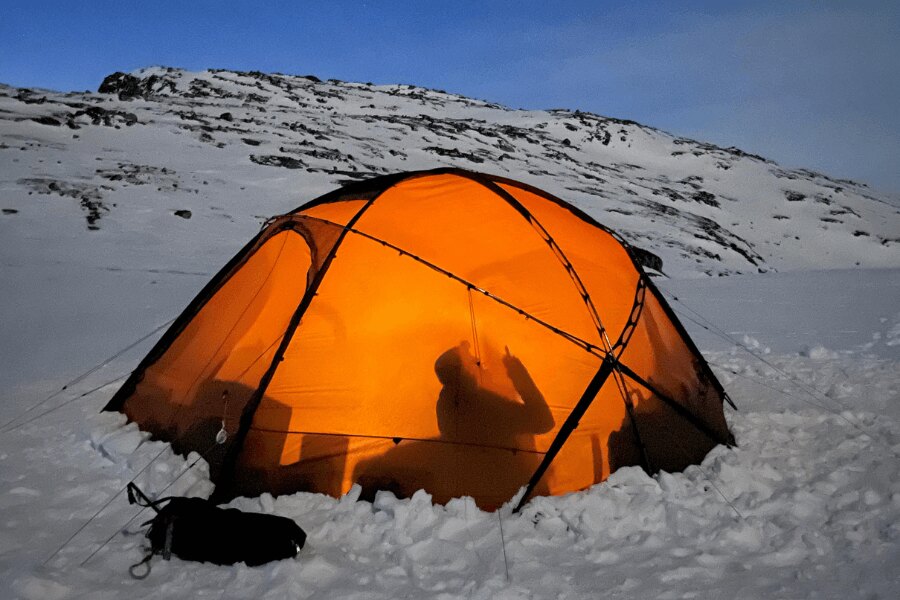
You can safely pack down sleeping bags for extreme conditions even for more demanding expeditions.
How to layer clothes in a sleeping bag?
Correct layering of clothes in a sleeping bag improves thermal comfort (or rather does not reduce it compared to laboratory-determined numbers) and helps keep the sleeper's body warm even in extreme conditions. However, it is crucial to know which layers to choose and what to avoid when choosing clothes for sleeping in a sleeping bag, so as not to have the opposite effect, i.e. frostbite or unnecessary sweating.
It is essential not to use too many layers, because as we have already said, you would lose a valuable insulating air layer between the body and the inner material of the sleeping bag. The bottom layer is, just like when moving outside, a wicking layer, which should be made of merino wool or a synthetic material that wicks away sweat well.
If it’s too cold outside, you can use an insulating layer in the form of a light fleece sweater or a thin down or synthetic jacket. However, the layers should not be too bulky. When putting on your sleeping bag, don’t forget to wear dry and warm socks, ideally made of merino wool. If your feet are cold, warm them up with a chemical foot warmer. And never sleep in your shoes, as they will become damp due to condensation and can cause hypothermia.
TIP: For more information on what to wear with your sleeping bag, read our article Will sleeping without clothes really keep you warm in a sleeping bag?
Tricks for higher thermal comfort
If you want to enjoy higher thermal comfort when sleeping in a sleeping bag, start by warming up the inside of the sleeping bag with a chemical heater or a thermos with hot water before going to bed. Furthermore, if you add a suitable sleeping bag liner to the sleeping bag, you can get a few extra degrees of thermal comfort. The liner also protects the sleeping bag from sweat and dirt and is incomparably easier to wash.
If you start to sweat, slightly unzip the sleeping bag and regulate the internal temperature. Ventilation is important, too many layers can cause moisture to condense inside the sleeping bag and thus worsen its insulating properties. If your feet are still freezing after warming up and you do not have a sleeping bag model with a reinforced heel, you can fill the space around your feet with a jacket or other clothing.
TIP: Check out our article on how to choose a sleeping bag liner.
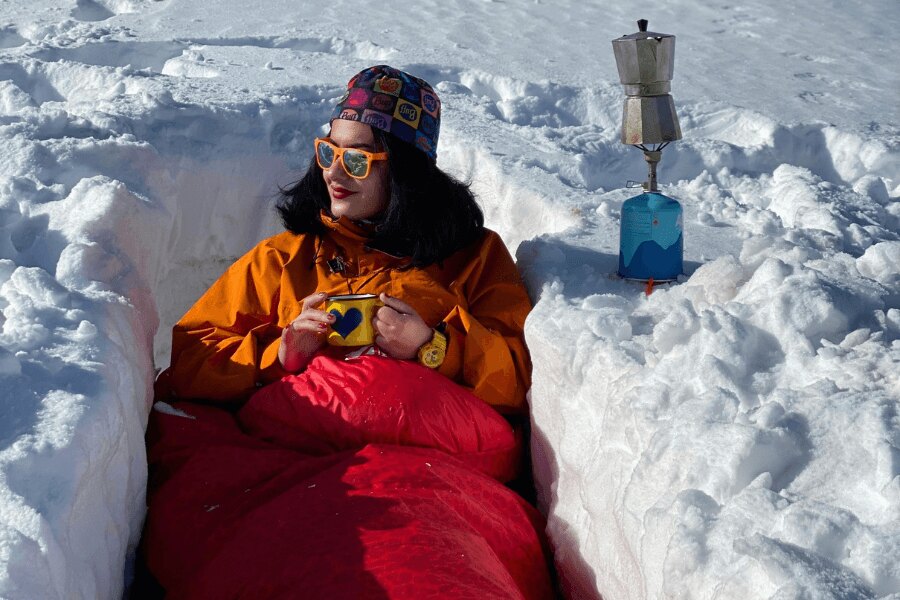
You can also improve the thermal comfort of your sleeping bag with various tricks, such as a sleeping bag liner or a chemical heater.
Tips from the Rigad offer
At Rigad, we have a fairly wide range of winter sleeping bags, so there is something for everyone. You definitely won't go wrong if you choose brands like Snugpak or Carinthia.
Snugpak® Softie 6 sleeping bag – a representative of the cheaper class of sleeping bags, but cheap in this case definitely does not mean cheapo. This model uses Snugpak's own Softie Premier insulation.
Snugpak® Special Forces System sleeping bag – a top-notch sleeping bag consisting of two parts. They can be used either together or separately, depending on how cold it is outside.
Carinthia® Survival Down 1000 sleeping bag – this is a sleeping bag for which you don't have to make any compromises, even if you pay a little extra. In this case, for a generous layer of down insulation or the ability to use it as a coat.
In conclusion
When choosing a winter sleeping bag, focus on the temperature limits, especially the comfort temperature, which should be the determining factor. Then, focus on the insulation material used, cut, size, weight and moisture resistance. As we have already indicated, the quality of the sleeping bag can determine the success or failure of the entire expedition. If you regularly go out into the field in winter, then it is worth investing in a high-quality and more expensive down sleeping bag with a water-repellent finish. Such an investment will soon pay off.
Readers are further interested
